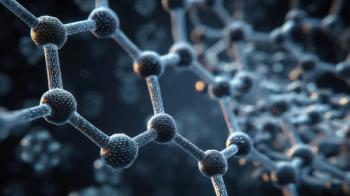
LCGC Asia Pacific eNews
- LCGC Asia Pacific eNews-09-26-2013
- Volume 0
- Issue 0
Agilent Technologies to Separate into Two Public Companies
Agilent Technologies (Santa Clara, California) plans to separate into two publicly traded companies: one in life sciences, diagnostics, and applied markets that will retain the Agilent name, and another that will encompass Agilent?s current portfolio of electronic measurement products.
Agilent Technologies (Santa Clara, California) plans to separate into two publicly traded companies: one in life sciences, diagnostics, and applied markets that will retain the Agilent name, and another that will encompass Agilent’s current portfolio of electronic measurement products.
The new electronic measurement company will be an electronic measurement company in major markets including communications, aerospace and defense, and industrial, computers, and semiconductors.
Agilent says it believes that the separation will result in material benefits to the standalone companies, including greater management focus on the distinct businesses of life sciences, diagnostics, and applied markets, and electronic measurement; ability for the life sciences, diagnostics, and applied markets company to devote resources to the higher-growth life sciences, diagnostics, and applied markets business, while reducing exposure to the more cyclical electronic measurement industry; ability for the electronic measurement company to devote resources to its own growth that were previously used to capitalize life sciences, diagnostics, and applied markets; and two independent and unique investment profiles. Additionally, both companies will be well capitalized, having strong balance sheets and investment-grade profiles with target debt-to-EBITDA ratios below 2.0x.
Articles in this issue
about 12 years ago
US Senate Avert Impending Helium Crisisabout 12 years ago
Eberhard Gerstel Prize for Outstanding Work in Separation Sciencesabout 12 years ago
US Senate Avert Impending Helium CrisisNewsletter
Join the global community of analytical scientists who trust LCGC for insights on the latest techniques, trends, and expert solutions in chromatography.





